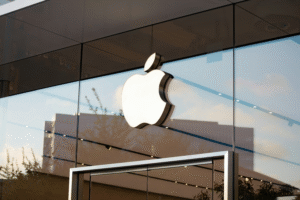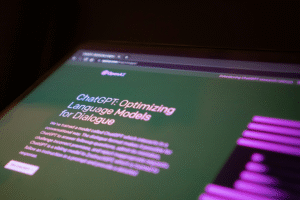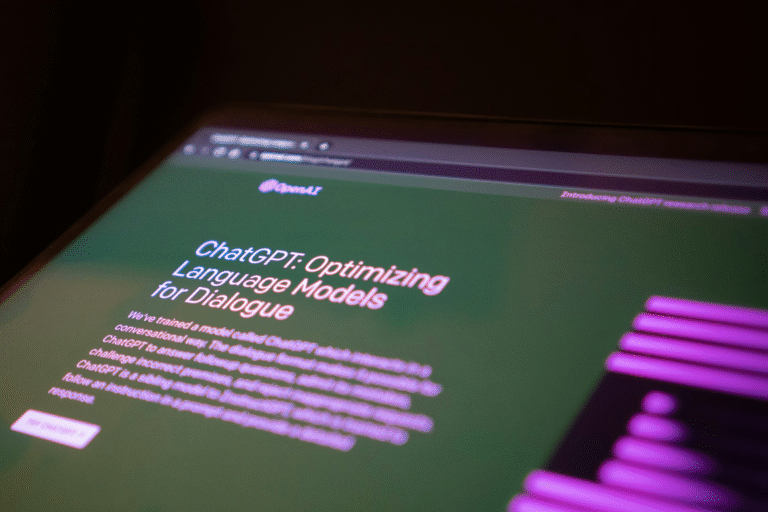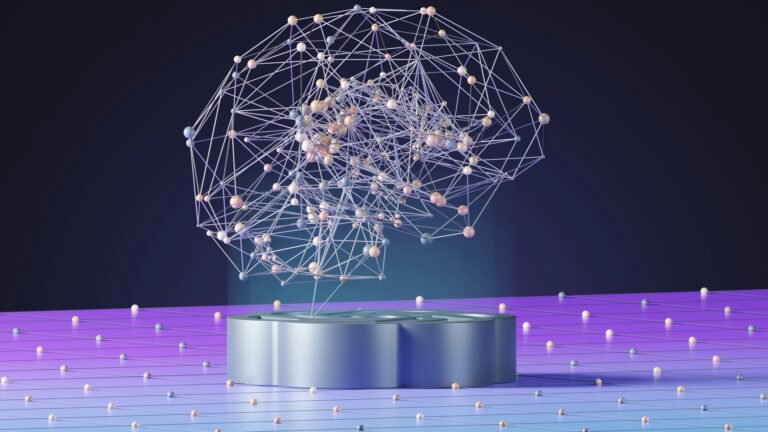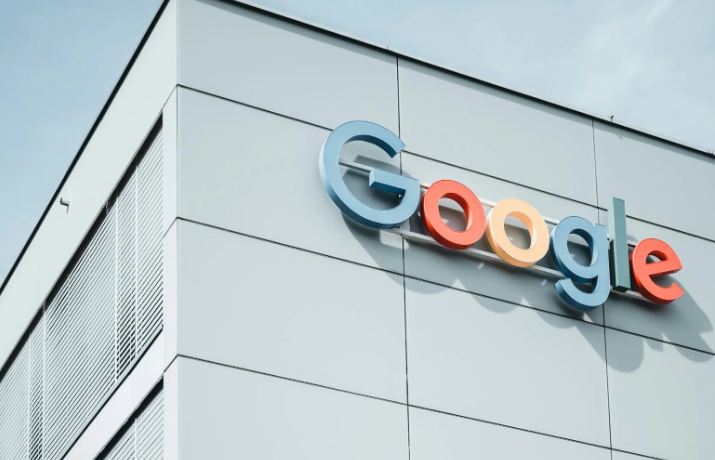by Nav Dhunay (dhunay.com)

A workforce of AI agents running operations with zero burnout and constant efficiency.
A friend of mine recently launched a startup with no employees. His entire company runs on AI, costs him $300 a month, and never takes a break.
That keeps me up at night.
It got me thinking—what happens when you scale that? What if your next competitor isn’t just using AI, but is AI? No coffee breaks. No office politics. No human drama. Just relentless, optimized execution.
This isn’t some distant sci-fi future. It’s happening now, and it’s going to change everything.
The Accidental Revolution
It started small. Solo entrepreneurs stitching together AI tools to do work that used to require entire teams. Market research done in hours, not weeks. Logos, websites, product copy, and even basic legal contracts are automated overnight.
But something unexpected happened. These one-person operations, powered by AI, started outperforming traditional businesses. They could pivot faster, testing and iterating on new ideas in hours instead of weeks, allowing them to rapidly seize market opportunities. With AI handling tasks like market research, content creation, and even basic legal contracts overnight, their operational overhead was dramatically reduced, making them incredibly agile and cost-effective. This lean structure meant they could pour resources directly into innovation and expansion, rather than personnel and infrastructure, creating a significant competitive edge
Now, I know of venture-backed startups where the “founding team” is one person and a sophisticated swarm of AI agents. I’ve seen the dashboards. I’ve seen the results. It’s both impressive and unsettling.
Inside the Machine
One founder recently gave me a peek behind the curtain. Their company looks familiar on the surface, but under the hood? Pure AI coordination.
The customer service AI doesn’t just respond to tickets; it spots patterns and creates product improvement requests automatically.
The marketing AI runs thousands of micro-campaigns, tweaking spend and messaging in real-time.
The finance AI tracks cash flow, predicts funding needs, and models growth scenarios faster than any human team I’ve seen.
No egos. No silos. No “that’s not my job.” Just results.
A Tour Inside a Synthetic Company
In these AI-first companies, the departments may look familiar on paper, but they function nothing like traditional teams.
- HR is replaced by a constellation of agents managing recruitment, onboarding, engagement, and even wellness, guided by biometric data, not gut feel.
- Engineering runs on AI models, writing, testing, and deploying code in real time, while other agents scan for new frameworks, libraries, and exploits.
- Marketing becomes a swarm of autonomous campaigners, analyzing trends, generating creative, A/B testing messages, and adjusting spend hourly, not quarterly.
- Finance operates like a neural network: forecasting, adjusting burn rates, flagging anomalies, and stress-testing funding strategies across endless scenarios.
- Legal matters are handled by a compliance engine trained on international law, which drafts contracts, evaluates risk, and even negotiates clauses through multi-agent debate.
Everything is logged, measured, and improved continuously. No offsites. No meetings. No holidays. Just throughput.
The CEO Problem
Here’s the part that haunts me: that founder told me, “Sometimes I’m the least efficient part of my own company.”
Think about it. CEOs spend most of their time in meetings, juggling incomplete data, managing personalities, and dealing with human friction. Meanwhile, an AI system can analyze more information, simulate more scenarios, and make decisions without the baggage of human psychology.
What happens when the AI doesn’t just assist the CEO, but outperforms them?
The Part We Don’t Want to Talk About
I’m not anti-AI. I use these tools every day, and they’ve made me more productive than I’ve ever been. But let’s be honest, we’re building systems that no longer need us to execute.
The question isn’t if this happens – it’s already happening. The question is: what role do we play in this new reality?
Some days, I believe we’ll find our place as vision-setters, ethical guides, and the human conscience inside these synthetic enterprises. Other days, it feels like we’re just building our replacements and calling it innovation.
What Happens Next
The companies embracing this shift aren’t waiting for permission. They’re moving fast—and gaining serious advantages.
The rest of us have a choice: adapt, or get left behind.
I don’t have all the answers. No one does. But here’s what I know: the AI conversation can’t just be about job loss anymore. We need to talk about what happens when people inside companies become optional.
The synthetic company doesn’t need humans to operate. The real question is: does it still need us at all?


